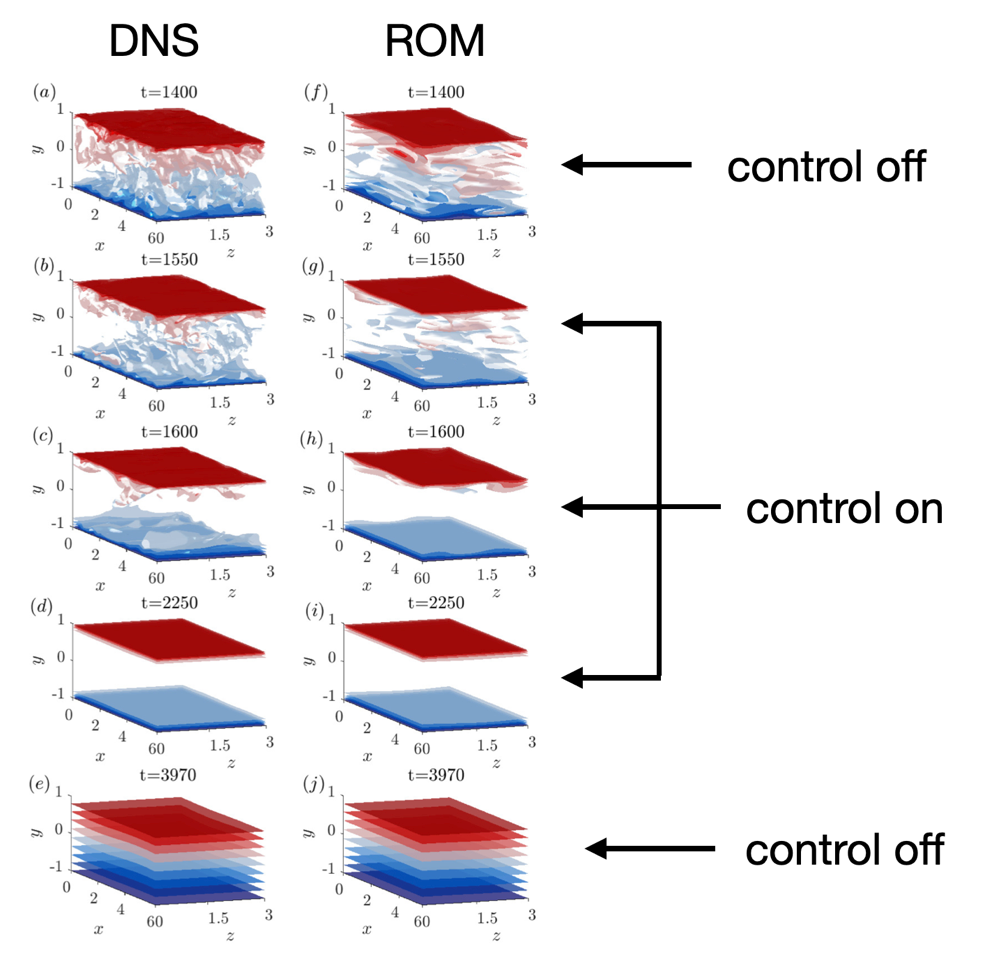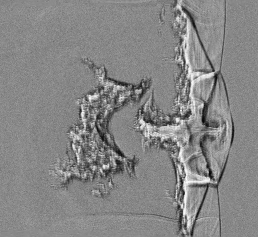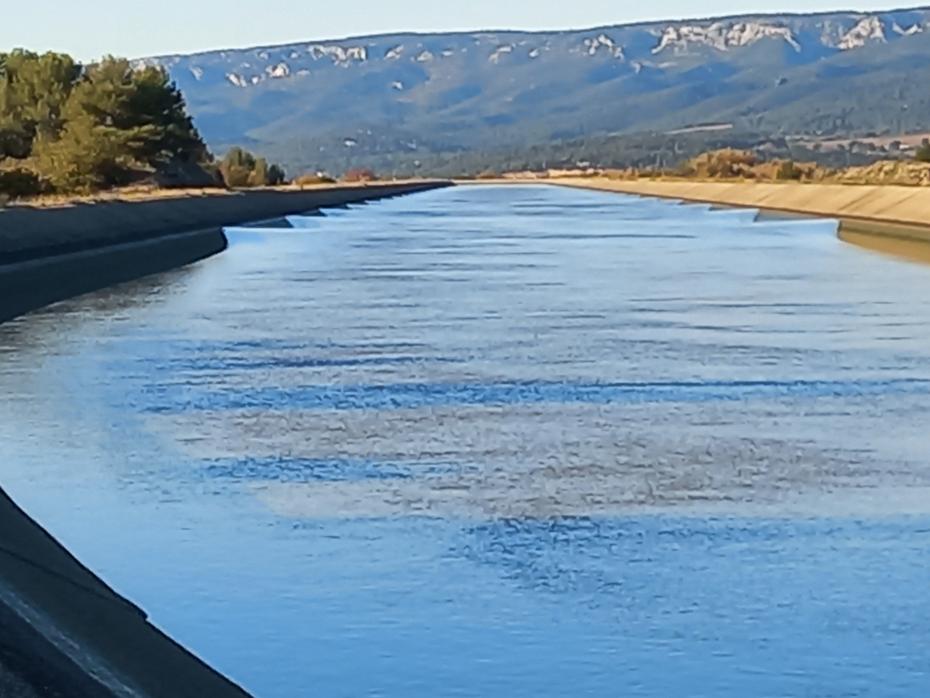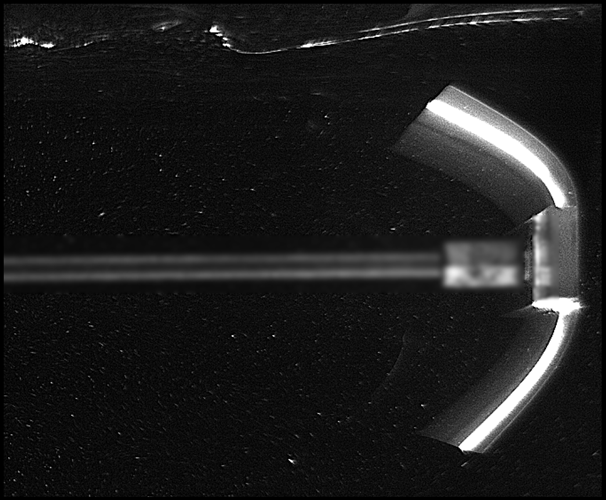Despite the intrinsic complexity of turbulent flows, large-scale coherent structures are present in turbulence, and are related to aerodynamic drag and sound radiation, for example. This presentation shows methods to model such coherent structures, and approaches to control flows in order to reduce drag and noise radiation. Linear models will be considered first, with coherent structures modelled as dominant responses from the linearised Navier-Stokes system. Such dominant modes compare favourably with coherent structures educed from experimental or numerical data, and allow the proposition of changes to the system aiming at drag or noise reduction; moreover, such linearised models allow the formulation of estimation and control problems. Non-linear reduced-order models (ROMs) are then obtained by the Galerkin projection of the full governing equations onto a basis of modes obtained from the linearised system. Quantitative agreement with reference statistics is obtained for a number of canonical flow configurations. Finally, a ROM for turbulent Couette flow is used to devise a control method aiming at turbulence suppresion. The obtained strategy is seen to relaminarise turbulence in direct numerical simulations, showing that ROMs so obtained have promising applications in optimisation and control.
Archives: Évènements
Wake-Induced Laminar-Turbulent Transition in Separated Boundary Layers.
Wake-induced laminar-to-turbulent bypass transition in a separated laminar boundary layer (SLB) is investigated downstream of a cylinder of diameter D mounted in a constant free stream near a smooth flat plate. Direct numerical simulation (DNS) is conducted for a moderate gap of 0.9D with _ = 3900 and _ = 150, based on the momentum thickness. The transition process is driven by coherent vortex dynamics along the wall synchronized with Kármán shedding behind the cylinder. The transition process is identified from the mean velocity and Reynolds stress fields and then characterized from the spatial evolution o the velocity field spectra. Turbulence emerges at such remarkably low _ because the transition process follows a hybrid pathway combining SLB instability with wake-driven near-wall Λ-vortex formation and their interaction with periodically shed vortices. The transition unfolds in distinct stages: linear disturbance amplification; nonlinear saturation via super-harmonic resonance; and turbulent breakdown. Unlike classical SLB transitions, the wake’s periodicity imposes unique spectral signatures on the transition dynamics. Based on weakly nonlinear theory, an approach for analyzing the nonlinear interactions and spectral energy transfer between scales is proposed. The findings characterize wake-boundary interactions inherent to turbomachinery cascades or slotted-wing aerodynamic systems, offering insights for potential flow control strategies.
Demonstrations of Nonlinear Oscillations
Some of the unusual behavior of mechanical and wave oscillations driven to high amplitude will be demonstrated. A bent tuning curve, where the resonant frequency of an oscillation increases with increasing response amplitude, and hysteresis, will be shown with a driven rubber band. Parametric excitation, where a parameter in the equation of motion is oscillated rather than a driving force applied, will be shown with a pendulum. The pendulum can also display a doubly bent tuning curve. The pendulum, when inverted, can display parametric stabilization. Two organ pipes singing at slightly different frequencies, will interact and sing at identical frequencies when brought close enough to each other, displaying phase locking. A trough of water oscillated vertically shows parametrically excited waves first described by Michael Faraday. Pairs of modes of these waves can interact with a driven mode to convert the driving frequency of the vertical oscillations to another incommensurate (irrationally related) frequency, in a phenomenon called quasiperiodicity. The trough can also display a non-propagating soliton that acts somewhat like a particle.
Three mechanisms favoring wave sustenance in gaseous cellular detonation waves
Detonation waves in gases have a three-dimensional reaction zone structure. Their structure departs from the laminar, one-dimensional reaction zone structure postulated by Zel’dovich, Von Neumann and Doering. We review our recent experiments that established how the detonation cellular structure enhances the detonability of detonations.
Three main mechanisms were established. The first mechanism is the reflection of triple points, which amplifies the lead shock by shock focusing. The stronger shock leads to higher temperatures and faster rate of energy release. For a sufficiently rapid energy release rate, frontal and transverse detonation waves are created with embedded sonic surfaces.
The second mechanism involves the convection assisted ignition by forward jets. When the lead shock ignition becomes inefficient, remaining hotspots created by triple shock reflection are convected by jets. The origin of the jets is the triple shock reflections. The third mechanism is the deflagrative burning along layers where hydrodynamic instabilities are created. This mechanism burns out large portions of non-reacted pockets, which have escaped ignition by the first two mechanisms. Parameters controlling each mechanism are reviewed and ongoing modeling approaches are discussed.
From Sediment Declogging to Microplastic Deposition: Understanding the Influence of Wood in River Restoration
Many rivers worldwide, and specifically in densely populated countries such as Switzerland, have been confined for engineering purposes and consequently exhibit morphological and ecological degradation. The revised Swiss Water Protection Act demands the restoration of 4,000 eco-morphologically impaired river kilometers by 2090. To contribute to this effort, it is crucial to investigate the physical and ecological interactions for habitat creation in fluvial systems. The use of wood placements as an example of nature-based solutions for habitat creation has increased significantly in recent years. However, there is a lack of planning tools for the design of these measures, for example, to quantify the wake flow or footprint of suspended particle deposition to create targeted habitats.
This talk explores the influence of wood placements, such as engineered logjams, on river restoration efforts, focusing on their dual role in sediment management and microplastic deposition. We will discuss how different placements of wood affect flow dynamics, leading to beneficial sediment declogging, which restores fish habitats, as well as varying patterns of microplastic accumulation. By examining the effects of wood on both organic and inorganic matter, this presentation provides insights into optimizing river restoration practices to enhance ecological health while mitigating pollution.
Dispersive non-linear water waves in arbitrary cross-sectional channels
Weakly dispersive, fully nonlinear waves in channels of arbitrary cross-section are considered from a variational viewpoint. A set of general equations is derived, that resemble the Serre-Green-Naghdi equation. Traveling wave solutions in prismatic channels are derived in the form of pseudo-elliptic integrals. The case of solitary waves in trapezoidal channels is addressed more deeply, with comparison to experiments as regards the celerity of the leading wave in an undular bore.
Thesis defense of Miss Michelle NASSAR
Electrical devices, especially embedded ones, are becoming more and more compact and require higher power consumption. In fact, all these electrical components produce heat that must be evacuated to maintain an efficient operation. In this context, the electrofluidodynamics team at the Pprime Institute works on developing electrohydrodynamic (EHD) systems that have shown numerous advantages for both spatial and terrestrial applications. In order to achieve an optimized performance, EHD systems use eco–friendly dielectric liquids, such as Hydrofluoroethers (HFE), whose electrical behavior is not well defined yet. The objective of the current work is to characterize the variations of the electrical properties of HFE 7000 and 7100 in function of temperature. Several methods are used to analyze the electrical behavior of these liquids at low voltage. The first method is in accordance with the guidelines of the IEC 61620 standard and the second one is based on dielectric spectroscopy.
The study is then extended to the thermal behavior under high voltage. The analysis of the current–voltage characteristics makes it possible to highlight the three typical zones of the electrical behavior: ohmic, quasi–ohmic and injection, and thus to define the limits of the conduction and injection (or ion–drag) regimes. The study at high voltage also addresses, in compliance with the IEC 60156 standard, the problem of the dielectric strength of the two HFEs at different temperatures in both gas and liquid phases. Finally, an innovative preliminary study on the Kerr effect in HFE–7100 is conducted. It shows
that this electro–optical effect can be used to study the development of charged layers at the HFE/electrode interfaces. In conclusion, the results obtained in this work contribute to the understanding of the electrical behavior of HFEs. This is necessary to improve and optimize the performance of EHD systems working with these liquids.
Webinaire FTC: Effect of free surface on the hydrodynamics of plates in cross-flow, Mr Sukruth Satheesh.
Effect of free surface on the hydrodynamics of plates in cross-flow
Cylinders and flat plates oriented normal to the flow are typical bluff bodies, characterized with large regions of separated flow and a significant pressure drag component. The study of forces generated by bluff bodies has been one of the oldest problems in fluid mechanics, studied initially using free streamline theory and the modified hodograph plane theory. These canonical bodies are also used extensively in several industrial sectors, ranging from oil & gas, transportation to energy. There is a good amount of literature on the interaction between cylinders and boundaries, but very little information is available related to the interaction between flat plates and deformable boundaries. This lack of information is even more apparent when plate aspect ratio is considered as well. With this in mind, this talk focuses on hydrodynamics of plates in cross-flow near the free surface over a range of aspect ratios, Reynolds numbers, and submergence depths. Later, a few strategies for drag control, namely structural flexibility and strategic porosity are also presented.






